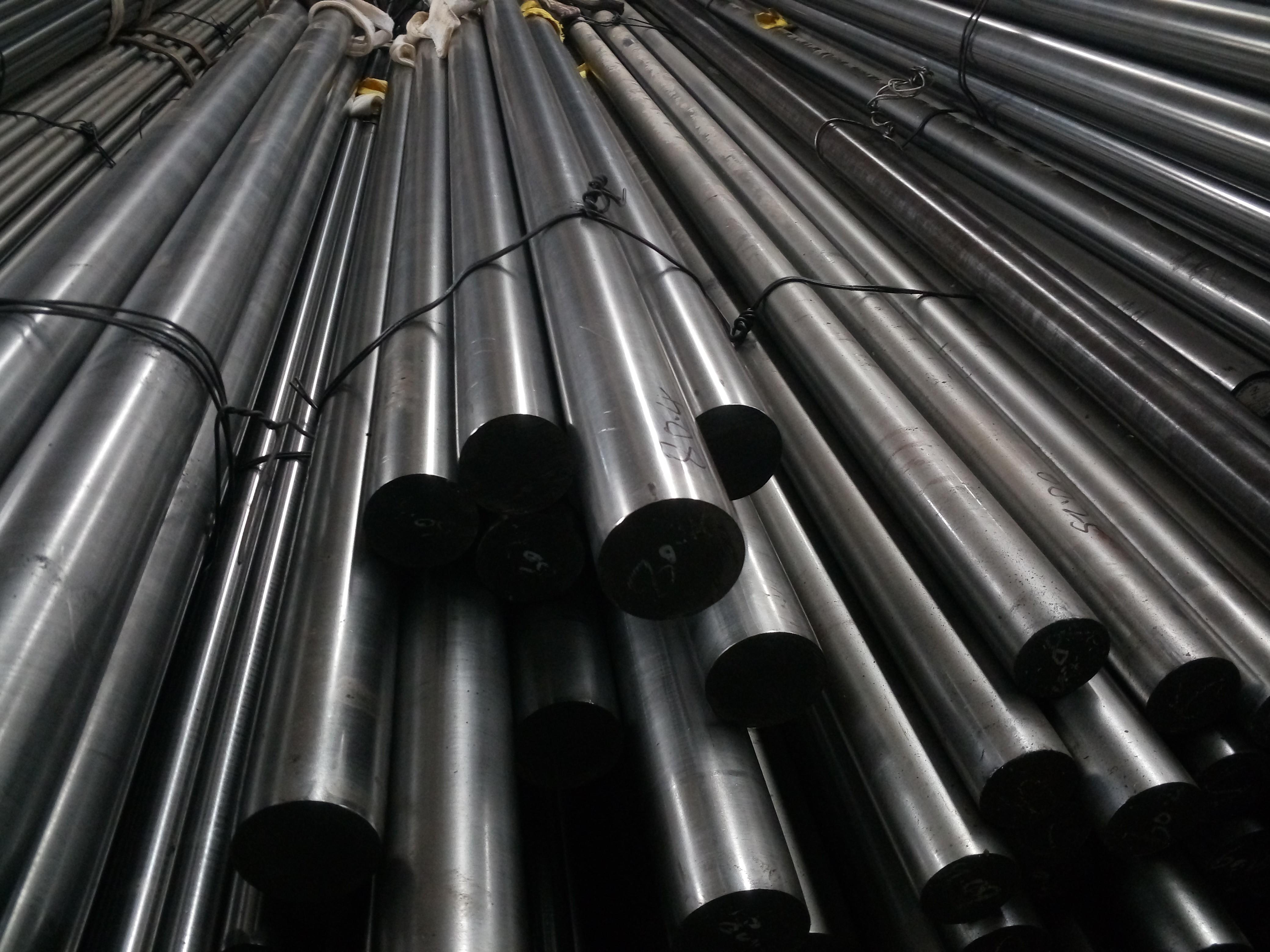From the grandeur of ocean liners to the rugged simplicity of fishing vessels, the maritime industry relies on materials that can withstand the harsh conditions of the sea. Among these, stainless steel bars stand out as indispensable components, offering strength, durability, and corrosion resistance. Let's dive into the depths of marine applications to explore why stainless steel bars are a cornerstone of maritime engineering.
Rust-Resistant Guardians of the Sea
Stainless steel bars are like stalwart guardians of the sea, standing firm against the relentless assault of saltwater and atmospheric corrosion. Unlike ordinary steel, stainless steel contains chromium, a key ingredient that forms a protective oxide layer on its surface. This oxide layer acts as a shield, preventing rust and corrosion from compromising the integrity of the bars.
In marine environments where exposure to saltwater is constant, such as ship decks, offshore platforms, and port infrastructure, the need for corrosion-resistant materials is paramount. Stainless steel bars not only maintain their structural integrity but also require minimal maintenance, making them ideal for prolonged use in harsh maritime conditions.
Strength to Weather the Storm
Whether it's battling the pounding waves of the open sea or enduring the relentless forces of nature during offshore operations, marine structures demand materials that can withstand extreme loads and stresses. Stainless steel bars excel in this regard, boasting impressive strength-to-weight ratios that ensure structural stability without unnecessary bulk.
In applications such as shipbuilding, where weight reduction is crucial for fuel efficiency and maneuverability, the lightweight yet robust nature of stainless steel bars proves invaluable. From hull reinforcements to load-bearing components, these bars provide the strength necessary to weather the storm, both literally and figuratively.
Versatility Above and Below Deck
Beyond their structural prowess, stainless steel bars offer versatility that extends throughout the entire vessel. From the engine room to the galley, these bars find myriad applications in marine equipment and infrastructure. Whether it's crafting marine-grade fittings, fabricating railing systems, or constructing exhaust systems, stainless steel bars provide the reliability and performance demanded by maritime professionals.
Above deck, stainless steel bars lend their strength and resilience to guardrails, handrails, and ladders, ensuring the safety of crew members and passengers alike. Below deck, they contribute to the construction of critical components such as propeller shafts, shaft couplings, and valve fittings, where corrosion resistance and durability are non-negotiable.
A Sustainable Choice for the Future
As the maritime industry seeks to embrace sustainable practices and reduce its environmental footprint, the choice of materials plays a pivotal role in shaping the future of shipbuilding and marine engineering. Stainless steel bars, with their longevity, recyclability, and minimal environmental impact, align with these sustainability objectives.
By opting for stainless steel bars in marine applications, shipbuilders and operators not only ensure the longevity of their vessels but also contribute to the preservation of marine ecosystems. With proper maintenance and responsible disposal practices, stainless steel bars can be recycled indefinitely, reducing the need for virgin materials and minimizing waste.
In the vast expanse of the world's oceans, where the elements reign supreme and challenges abound, the role of stainless steel bars in marine applications cannot be overstated. As stalwart defenders against corrosion, providers of strength and reliability, and champions of sustainability, these bars navigate the depths with resilience and grace, ensuring the safety, efficiency, and longevity of maritime endeavors. From the bow to the stern, stainless steel bars stand as enduring symbols of innovation and excellence in the ever-evolving maritime industry.

